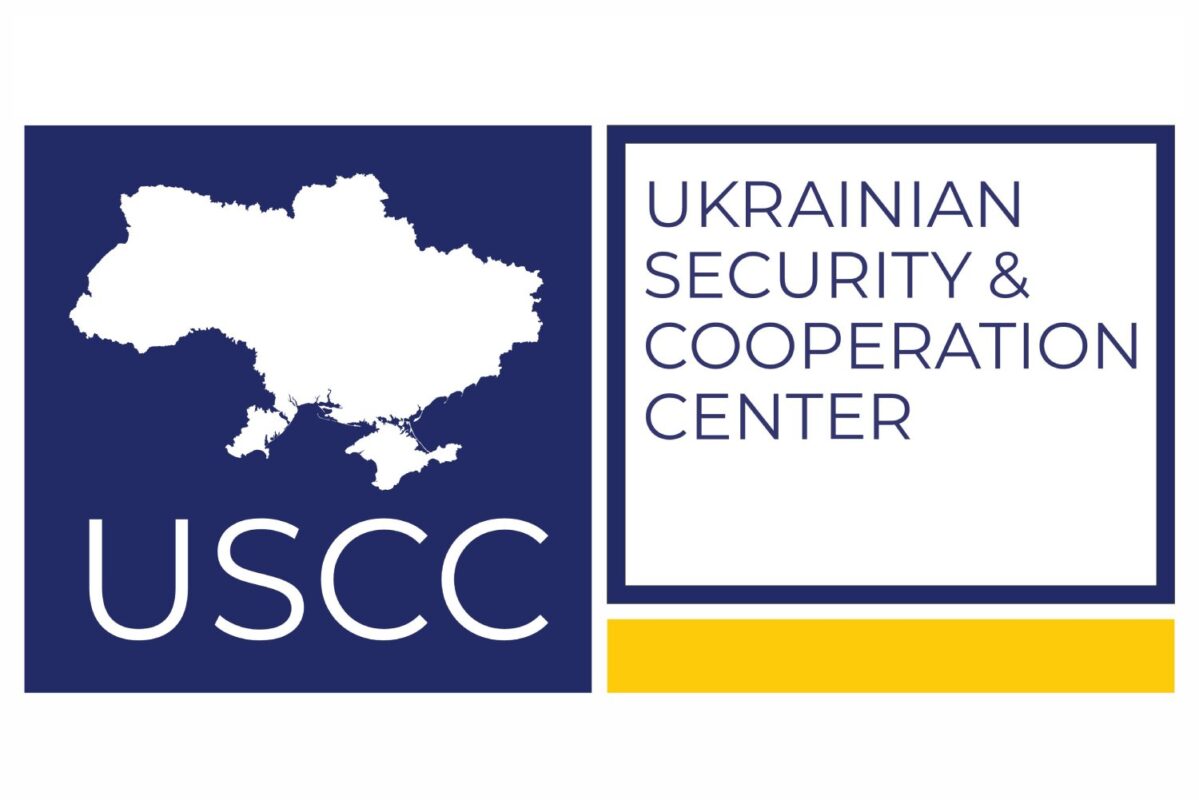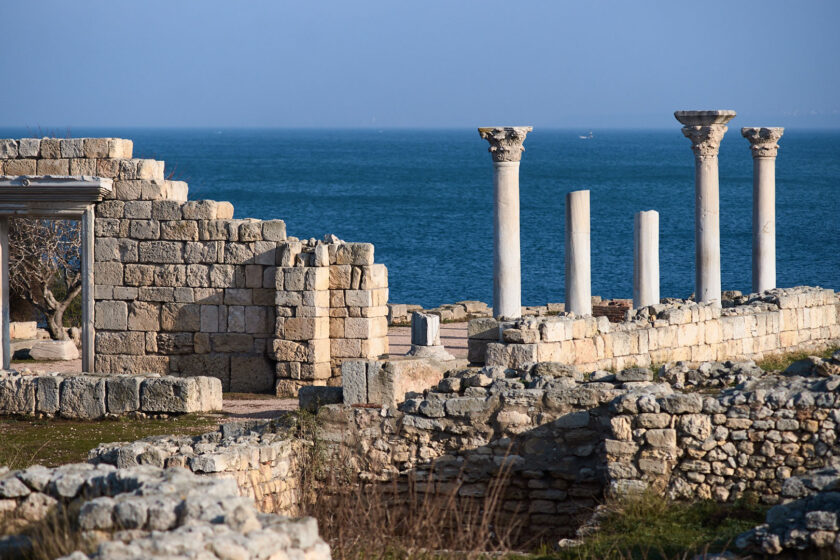Immediately after the occupation of Crimea, Russia “legitimized” the historical and cultural heritage of the peninsula in its legal field and included 21 prominent Crimean sites in the federal target program, which provided for repair and restoration and emergency work. However, if historical monuments are not valuable for achieving military goals, under the guise of restoration work, Russia actually destroys them.
Restoration of military facilities under the pretext of museum restoration
Thus, according to our sources in the Ukrainian special services, in Crimea the functioning of “Object 825” – the museum of the Ministry of Defence of the Russian Federation took place. “Object 825 GTS” was opened in Balaklava in May 2021, and the Balaklava Submarine Museum operated before it was occupied.
In February-May 2021, comprehensive repair works were carried out there to strengthen the underground engineering structures, replace power lines, waterproofing works and restore ventilation of all premises.
According to the Ukrainian special services, this may indicate the intentions of the leadership of the Armed Forces of the Russian Federation to use this canned military facility for its intended purpose (repair, replenishment of submarines of project 636.3, which are part of the Black Sea Fleet of the Southern Military District of the Armed Forces of the Russian Federation) in case of full-scale hostilities in the Black Sea.
In accordance with the federal target program “Socio-Economic Development of the Republic of Crimea and Sevastopol until 2025”, in 2015 the Russian-controlled Crimean government began to identify contractors. A specially appointed by Moscow Chief of Staff to monitor and address the implementation of the federal program and ex-candidate for mayor of the Russian city of Voronezh Viktor Vitinik controlled this process.
As a result, Russian companies became contractors, and the selection was carried out behind the scenes, without the necessary competitions.
Destruction of Chersonese
Chersonese is an ancient city located in the south-western part of the Crimea. Since 2013, it has been included in the UNESCO World Heritage List.
In accordance with the amendments made on April 30, 2021 to the Federal Law of the Russian Federation “On cultural heritage sites (monuments of history and culture) of the peoples of the Russian Federation” on the territory of the museum-reserve “Chersonese Tavriya” planned to create a historical and archaeological park. As of May 2021, construction of observation decks in the form of metal structures with wooden decking has begun.
Such actions led to the destruction of the upper layer of soil – the historic landscape of the reserve.
In addition, in the spring of 2021, the Russian government decided to establish a branch of the children’s camp “Artek” – Sevastopol Children’s Center “Korsun” and a humanitarian school (capacity – up to 800 seats). Plan of construction a complex near “Chersonese”.
According to our sources in the Ukrainian secret services, in May a group of representatives of the Ministry of Defence, the occupation administration of Sevastopol and the Patriarchal Council began preparing permits for the construction of a children’s camp and proposals for its financing. They must finish by October 15, 2021.
Also, in May 2021 on the territory near the museum-reserve “Chersonese Tavriya” in the area of the 12th and 13th coastal battery (southeastern outskirts of the museum-reserve) construction work began using heavy equipment – excavated pits and connecting trenches. The builders and the administration of the museum avoid answering the repeated appeals of the representatives of the local public about the purpose of the works.
In July 2021, local residents recorded the destruction of the center of the museum-reserve.
However, the story of the destruction of Chersonese Tavriya began in 2017. Then the occupation authorities, represented by the Russian Foundation for the Humanities “My History”, began a large-scale reconstruction of the museum-reserve. As a result of the work, new wooden paths were laid, a stage with grandstands was built, concert equipment, screens and projectors were delivered. According to a representative of the foundation, the total weight of all structures and equipment is 500 tons. The foundation assured that all buildings are temporary, but they remain in the reserve to this day.
Already in 2020, the Foundation “My History”, as part of the Festival “Historical Park – Chersonesos Tavriya”, conducted an additional “improvement” of the territory, continuing the construction. Thus, metal structures were brought into the reserve and an observation deck was installed, additional wooden roads were built, engineering communications were carried out, and the ancient walls were used as a basis for fixing light and sound equipment.
Local residents opposed such actions by the authorities, calling it simple vandalism.
In March 2021, a former employee of Chersonesos, restorer Anatoliy Tumanov filed a lawsuit against the Foundation “My History”. He says that the objects, built on the territory of the reserve, violate its authenticity, distort the landscape and are close the defensive walls of Chersonesos. Because of this, in his opinion, UNESCO can exclude the city from its list of cultural heritage.
A similar story befell the Khan’s Palace in Bakhchysarai, which is the only surviving monument of Crimean Tatar palace architecture and the most famous museum related to the history of the indigenous people of the peninsula (in 2013 Ukraine included the palace in the UNESCO World Heritage List).
In July 2016, after the occupation of the peninsula, the Russian State Committee for the Protection of the Cultural Heritage of Crimea decided to start “restoration” and “emergency work” at the Khan’s Palace in Bakhchysarai.
In November 2017, Ukraine protested against the actions of the Russian authorities in the Bakhchysarai Palace and asked UNESCO to monitor Russia’s compliance with international law. According to the Ministry of Culture of Ukraine, instead of restoration work, the occupiers completely replaced the authentic handmade tiles with modern coverings.
Representatives of the Russian authorities confirmed this.
For example, during the replacement of the tiles on the oldest object of the palace – the Great Khan’s Mosque – the old frescoes were damaged, cracks appeared on the facade of the building, and due to washing the walls with a jet of water under great pressure, the plaster collapsed. As a result, the Oleksandrivskyi Fountain and the Catherine Mile were also damaged.
Photo from social networks (not indifferent photographer about the state of the cultural monument in 2016)
Photo of excavations by heavy equipment, where there were baths of the khan.
In June 2018, the Department of the National Police of Ukraine in the Autonomous Republic of Crimea and Sevastopol opened a criminal case on the fact of illegal destruction and damage to a historical monument.
And in April 2021, eyewitnesses recorded the fact of complete destruction of the ancient bridge to the Khan’s Palace.
On the Day of Deportation of Crimean Tatars, Russian-controlled Crimean “leader” Sergei Aksyonov acknowledged that Hansarai in Bakhchysarai is being turned into a new building (newly built historic building), as well as the museum-reserve “Chersonese”: “After the reconstruction, the Khan’s Palace will be a new building, as builders cannot afford to use ancient materials in their work”.
In the summer of 2021, part of the support of the 18th century bridge leading to the main western gate of Hansarai was destroyed, and in front of the main entrance to the palace, the Churuk-Su riverbed was excavated by machinery.
An outspoken new building has also appeared on the territory.
Locals say: “Russia is trying to portray the destruction of Hansarai as a history of corruption. However, we see a consistent policy of destroying the culture and history of the indigenous people of Crimea”.
Destruction of the Genoese fortress
The Genoese fortress in Sudak is the best-preserved monument of Western European fortress construction in the south of Ukraine. Ukraine was included in the previous UNESCO World Heritage List in two categories: as a cultural landscape (2007) and as part of the transnational category “Trade posts and fortifications on the trade routes of the Genoese. From the Mediterranean to the Black Sea” (2010).
After the occupation of Crimea, the fortress was controlled by the Russians as the “State Budgetary Institution of the Republic of Crimea “Museum-Reserve “Sudak Fortress”. Hotel facilities and additional toilets began to be built on its territory. As a result, in November 2015, one of the towers of the fortress collapsed.
After this incident, the “administration” hired builders without experience in restoration work: the foundation was simply filled with concrete, and modern cement and old stones were used to build the props of the authentic tower.
Already in 2016, the occupiers began digging a pit for construction directly under the walls of the fortress. According to eyewitnesses, “the soil was taken out by trucks”. All these actions can lead to the complete destruction of a priceless historical monument.
Since 2018, the infamous Russian company “Meandr”, has been “restoring” the Genoese fortress, which is also working on a dozen architectural monuments of the Ukrainian peninsula: Bakhchysarai Palace, Mithridates Staircase in Kerch, Vorontsov Palace-Museum in Alupka, Surp Khach Monastery in the Old Crimea, Pallas Estate in Simferopol, Chekhov House in Yalta, Swallow’s Nest, etc.
This violates the Convention Concerning the Protection of the World Cultural and Natural Heritage. Under this convention, Russia, as an occupying country, is obliged to respect the cultural heritage of the peninsula.
In its report for 2020, UNESCO Director-General Audrey Azulay noted a significant deterioration of the situation on the peninsula in all areas of the organization’s competence.
In 2020, it also became known that Russia is preparing to submit to the UNESCO list of cultural sites in the annexed Crimea bypassing Ukraine, and this work is being done jointly with Italian scientists. Among these attractions is the Genoese fortress. Thus, Russia is trying to use another mechanism to legitimize the occupation of Crimea.
Illegal archaeological expeditions
Archaeological excavations in the occupied territories are prohibited by international law, but violations of international law do not prevent Russians from organizing such illegal expeditions. In July 2021 alone, there were two in Kerch:
– On July 19, the traditional for the occupiers military-archaeological expedition “Adzhimushkai” started. Its organizers were the executive directorate of the public organization “Search Movement of Russia” and “East Crimean Center for Military History Studies” with the participation of the Ministry of Defence. The expedition is realized thanks to the state Russian financing, in particular by the Fund of presidential grants (according to the Order of the President of the Russian Federation as of January 30, 2019 No. 30).
– Also in July, 11 illegal expeditions were launched, which included specialists from the Russian State Hermitage. They came to explore the ancient port city of Accra, flooded by a landslide.
The destruction of historical heritage sites is actually much more complex in the context of Ukraine and the world. After all, it is not only buildings and architecture, it is the remnants of the culture that existed in Crimea long before the Russian occupation.
Therefore, all these destructions and reconstructions of the millennial historical and cultural heritage are needed by Russia not only in order to assert its position on the peninsula and call itself its legitimate “owners”. Thus, the Kremlin wants to rewrite history and turn the multinational and multicultural Crimea into a purely Russian peninsula. That is why the indigenous people of Crimea, the Crimean Tatars, were deported, and their persecution continues. Such actions only prove that the imperial essence of Russia has a destructive effect on everything it touches.
Authors: Solomiya Khoma

